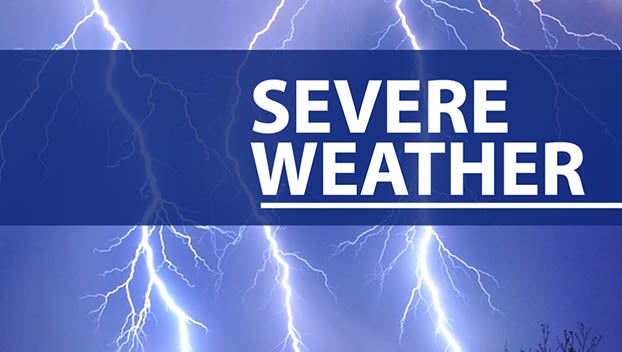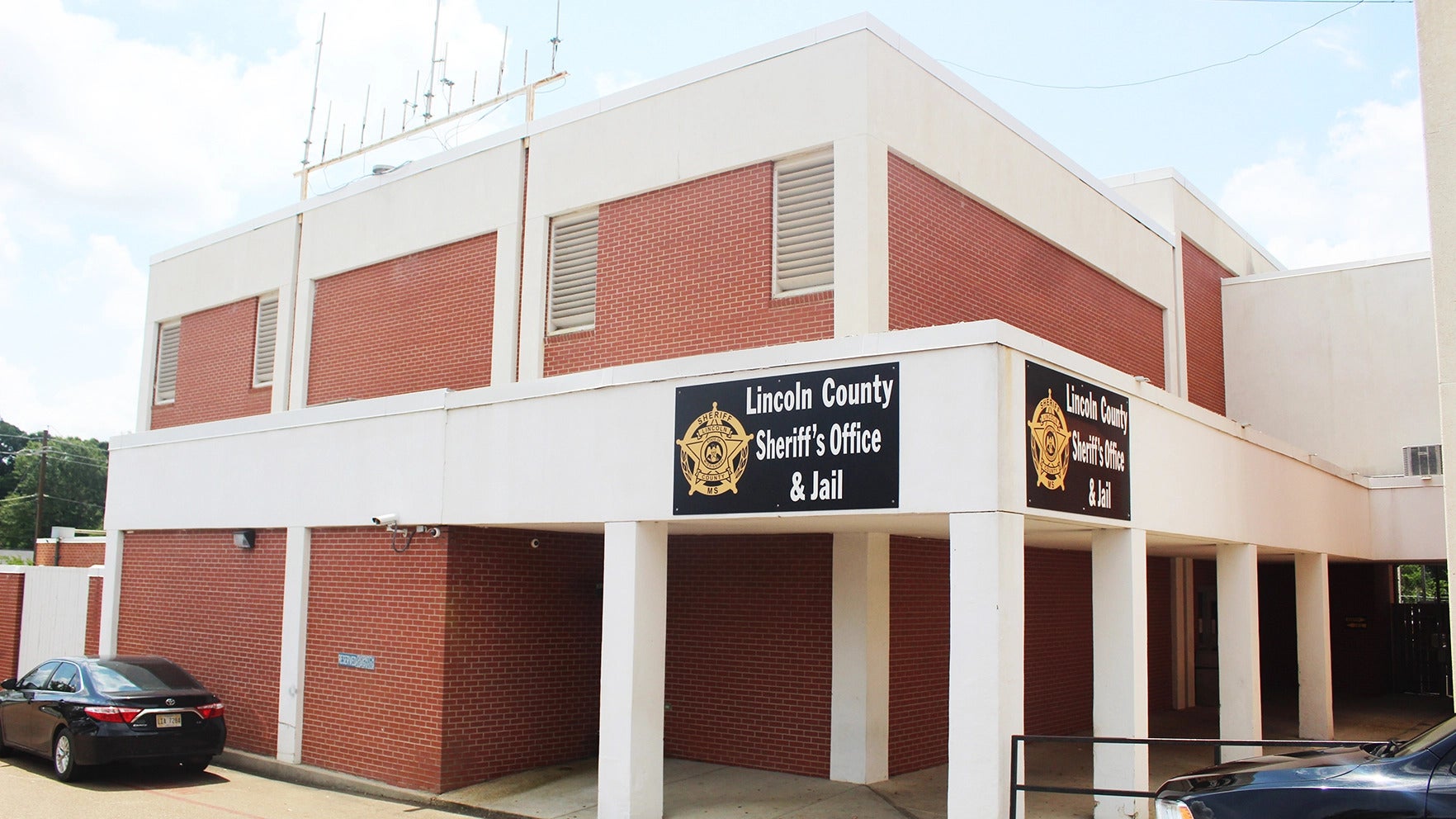Life-saving skills can be easily learned
Published 5:00 am Tuesday, October 24, 2000
The knowledge and skills needed to save another’s life can becomforting in an emergency situation, and health officials sayadvancements have made learning those techniques easier.
Cardiopulmonary Resuscitation (CPR) and first-aid classes aretwo of the more common skills used in emergencies. Although thesetypes of classes have existed for decades, they are now morereadily available to the public.
Instructional classes are now offered at least once a month atKing’s Daughters Medical Center. Additional classes can also beformed when needed, said Kim Bridge, KDMC community educationcoordinator.
The knowledge gained through these short classes can last alifetime and save someone’s life, maybe more than one life, saidBridge.
“People who know CPR are more likely to use it on a familymember or loved one,” said Bridge, who has used CPR on several ofhis relatives.
CPR classes offer training in all areas of resuscitation, fromchoking infants to adults suffering heart attacks. There are norequirements to enroll in classes, which is a change from decadesago when training was only offered to medical officials.
Health officials have seen what a difference more accessibleclasses have made in the area. Bridge has taught a variety of agegroups, from nine years old to 65 years old.
“More people are learning CPR, which is good in such a ruralcommunity,” said Bridge, mentioning how vital response time canbe.
In most areas, it takes at least five minutes for emergencypersonnel to arrive, ready to give care. Those five minutes couldmean the difference between survival and death.
“Once the heart stops beating, after four minutes, brain damagebegins,” said Bridge.
Bridge pointed out that if someone with CPR training were closeby, they could prevent severe damage.
“CPR is something that everyone needs to know, and everyone canlearn,” said Bridge about the important procedure.
Another life-saving tool that can be used on heart attackvictims is the Automated External Defibrillator (AED), which candefibrillate a heart during an attack.
“In many of the cases where adults have a heart attack, theheart goes into ventricular fibrillation,” said Bridge. “When theheart defibrillates, it simply quivers and it does not pump outblood.”
The AED uses electrical shock waves to stop the heart, allowingit time to repolarize and hopefully begin beating normal again,explained Bridge.
The AED, which is a small, light-weight portable machine, is animportant tool to have close by when a heart attack occurs, headded.
“The longer the heart is in ventricular fibrillation mode, theweaker the heart gets,” said Bridge. “The chances of survivaldecrease 7-10 percent every minute the heart is fibrillated.”
Although AED machines have been in existence for sometime, theyhave primarily been located in hospitals. Now AEDs are available tothe public. In order to obtain an AED machine, training must becompleted and the machine must be purchased for about $3,500.
Bridge said the cost of the machine should not be consideredwhen it comes to saving lives.
“One was used about three months ago to help save a guy’s life,”said Bridge, about one of the three machines available to LincolnCounty first responders.
He hopes more individuals and businesses will purchase AEDs inorder to decrease the number of deaths from heart attacks. Bridgebelieves the machines should be prevalent in places such as schoolsand businesses. He also would like to see all emergency personnel,including police officers, deputies and firefighters, trained touse an AED.
The required training, he said, only takes around three hoursbecause the machine can almost perform the task on its own.
Users only need to turn the machine on, then place two shockpads on the chest of a heart attack victim. The AED analyzes theheart beat, determines how much shock is needed and delivers shockwaves periodically until the victim recovers. The machine alsogives automated instructions to the user.
“Anybody can be trained to use the AED because it’s so easy,”said Bridge. “The AED is such a fantastic little machine.”
Health officials are excited about the increased availability ofAEDs, as well as the increase in CPR training because of thecontinuing rise in heart disease among Americans.
“It’s good to learn these things because you just never knowwhen you’ll have to use it,” said Bridge.
For information about CPR classes or AED machines, call KimBridge at 835-9406.





